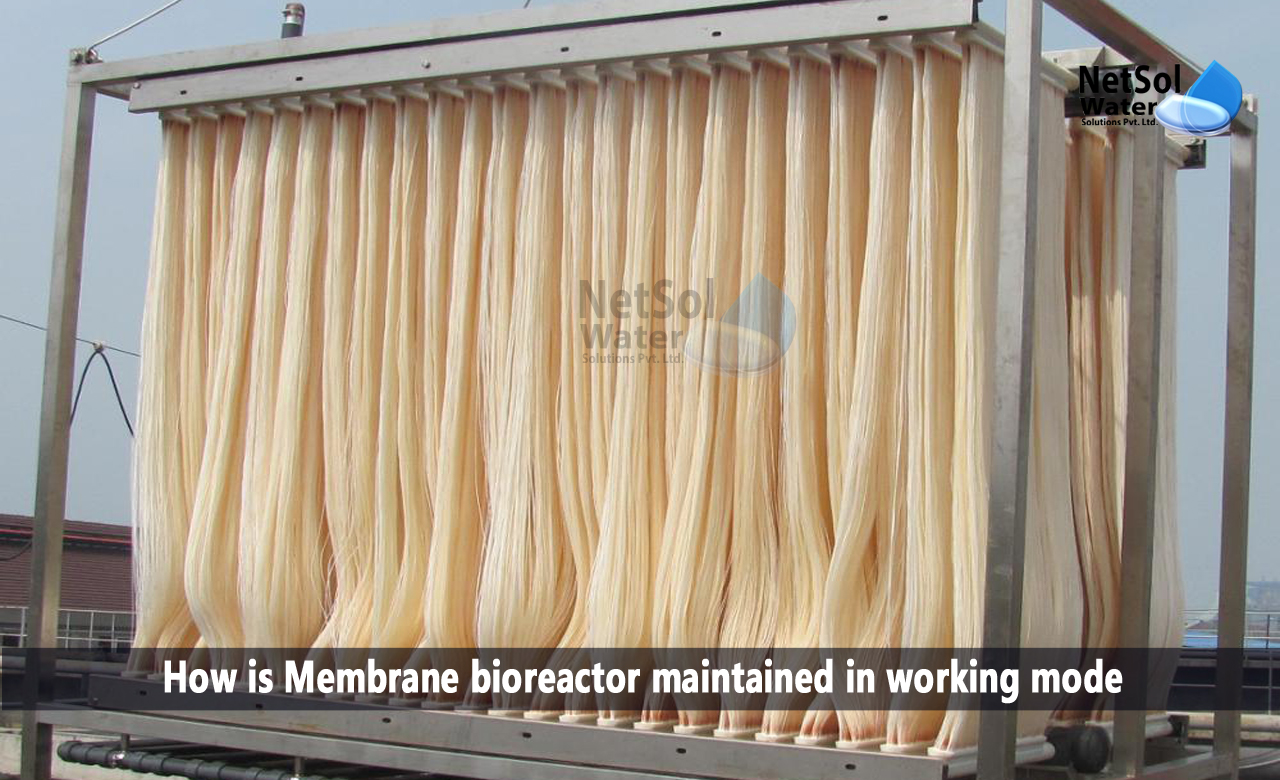How is Membrane bioreactor (MBR) maintained in working mode?
MBR, or membrane bioreactor, is a modern wastewater treatment technology that combines a biological treatment unit and a membrane separation unit. The membrane can be classified as flat membrane, tubular membrane, or hollow fibre membrane depending on its structure. It can be classified as an ultrafiltration membrane, microfiltration membrane, etc. depending on the size of the membrane's pores.
The upkeep and management of MBR Membrane Modules are crucial to the device's operation and management, because they directly affect the efficacy of sewage treatment. Let’s look at how is membrane bioreactor maintained in a working mode.
Sludge concentration and activity
Keep the activated sludge concentration (MLSS) in the MBR tank operating normally, at between 300 and 6000 mg/l. A high sludge concentration will increase suction pressure and slow the pace at which microorganisms degrade, which will worsen the effluent quality.
However, if the concentration of activated sludge is too low, the water body's pollutants will more quickly pollute the membrane module. Therefore, before the suction pump starts sucking the effluent, the MBR tank must make sure that the sludge concentration, and activity in the tank are under normal or relatively stable conditions.
Check whether aeration volume is adequate and operation stability is there
To lower the gel thickness on the membrane surface, we must make sure the membrane module has enough aeration to wash the surface. Additionally, a tail gas discharge pipe should be installed on the membrane frame's aeration pipe, and manually opened for discharge treatment on a regular basis to ensure that the pipe is not clogged with sludge.
This will allow liquid to wash the pipe back and forth. In order to achieve high filtration efficiency, a suitable regulating tank lift pump (an anoxic tank lift pump) should be chosen, to ensure the stability of the system's operating state.
Oil content in water is controlled and the MBR Membrane is cleaned
A flow metre or suction pressure should be used to regulate the membrane’s water output, to keep it within the desired range. The membrane needs to be chemically cleaned when it is contaminated. Additionally, the amount of oil in the water needs to be strictly regulated.
The membrane's water flux will be impacted by the oil's ability to stick to the membrane's surface. Before the sewage enters the grid well, an oil separator should be inserted when the measured water body's oil content, exceeds the design oil content value.
Protection of minimum levels and inlet water quality
Epoxy resin, ion exchange resin, and polymer coagulant dissolution are not permitted in the influent water of the MBR pool. As a result, these contaminants must be eliminated before entering the MBR tank; otherwise, they would create chemical fouling on the membrane module's surface and diminish the MBR membrane's flux, which will make it impossible to repair.
Temperature control and pH value
Before entering the MBR pool, the raw water should be tested for pH to keep the range between 5-9. To prevent irreparable harm to the MBR membrane module, if the pH value goes above this range, add acid or alkali for debugging until the pH value stays between 5 and 9. The temperature of the water during use should be maintained between 5-45°C, in order to increase the MBR membrane's lifespan and lower filtration costs.
Conclusion
In order for the MBR membrane to function effectively in sewage treatment, and ultimately produce the effect of high filtration efficiency and low cost, the maintenance plan for the MBR membrane module is developed, in accordance with the actual situation of the project site and the aforementioned points.
How can we assist?
MBR technology is being used more and more frequently. It has a small footprint, stable effluent quality, good nitrification and denitrification effects, high nitrogen removal efficiency, and high solid-liquid separation efficiency.
As a result, the MBR process is applied broadly in a growing number of fields. Following the MBR tank's treatment of the wastewater, the effluent can either be discharged directly or after treatment, in accordance with wastewater discharge standards, or it can be reused depending on its actual situation through a series of water treatment processes, including microfiltration, ultrafiltration, nanofiltration, or reverse osmosis.
For further information, you can reach Netsol Water, a manufacturer of high quality water and wastewater treatment plants, via phone at +91 9650608473 or drop a mail at enquiry@netsolwater.com



